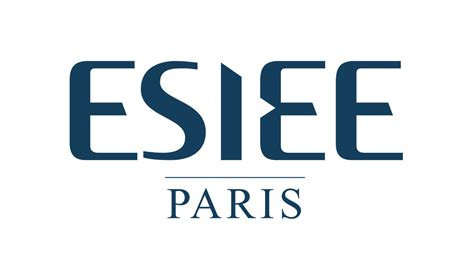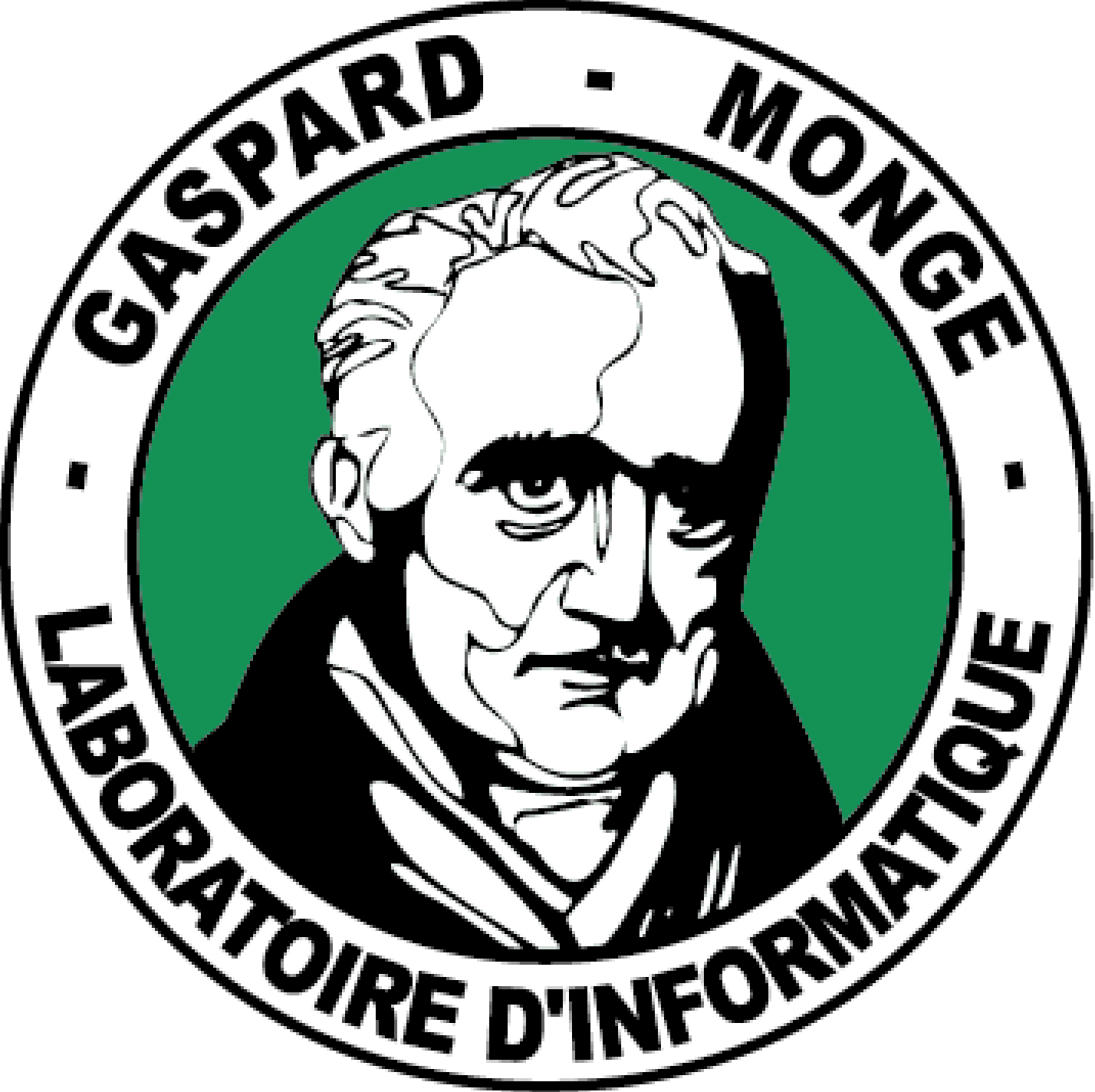Research activities
GRWA — Global Remote-Write Architecture
The remote write is an asymmetric point-to-point communication mechanism for transferring a message from one node to another, leaving the transfer integrity load to the transmitter alone, the destination node being merely passive. The essential advantage of such an approach is that when a message arrives on the destination node, no appointment or bufferization is necessary, the message can be directly written in memory. For this, the sending node must provide with the message, not only the address and the size of the message in memory, but also the identity of the destination node and the address where the message must be written on this node. GRWA has been developed to make remote writing accessible in an efficient way on a large number of architectures. It consists of a set of relatively independent modules covering the various components involved in the communications, namely the processor, the memory, the operating system, the system bus, the network card, the topology, the security of communications and a user interface giving developers a uniform view of all features. This software architecture made it possible to carry out various works.
Firstly, the addresses used natively for the transfer of messages being - for reasons of efficiency - physical addresses, it is appropriate before making them available to certain (inexperienced or malicious) users to protect them, either managing at the software architecture level the virtual addresses from the physical addresses, or by introducing security mechanisms within the addresses provided to the users via augmented addresses. It is this last approach that has been adopted, by proposing a structure adapted to the format of the addresses, and by signing and possibly encrypting the information contained in the address. All of these mechanisms being detachable within GRWA, this allowed a thorough study of the impact of security on performance. Then, the very high speed network solutions for clusters and grids becoming widespread, my work focused on the study of the impact of heterogeneity on performance. The software architecture has been preserved and only the modules dedicated to the management of the network cards and the topology had to be adapted.



